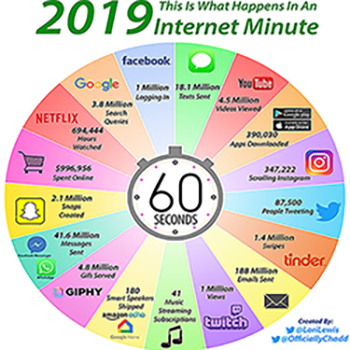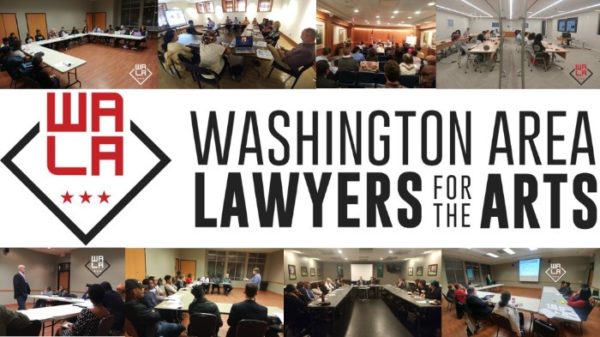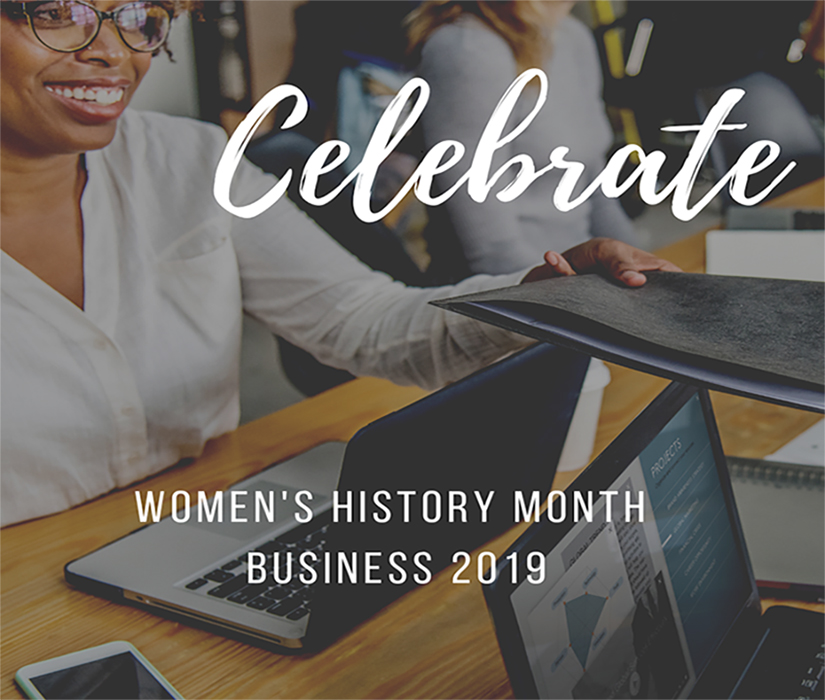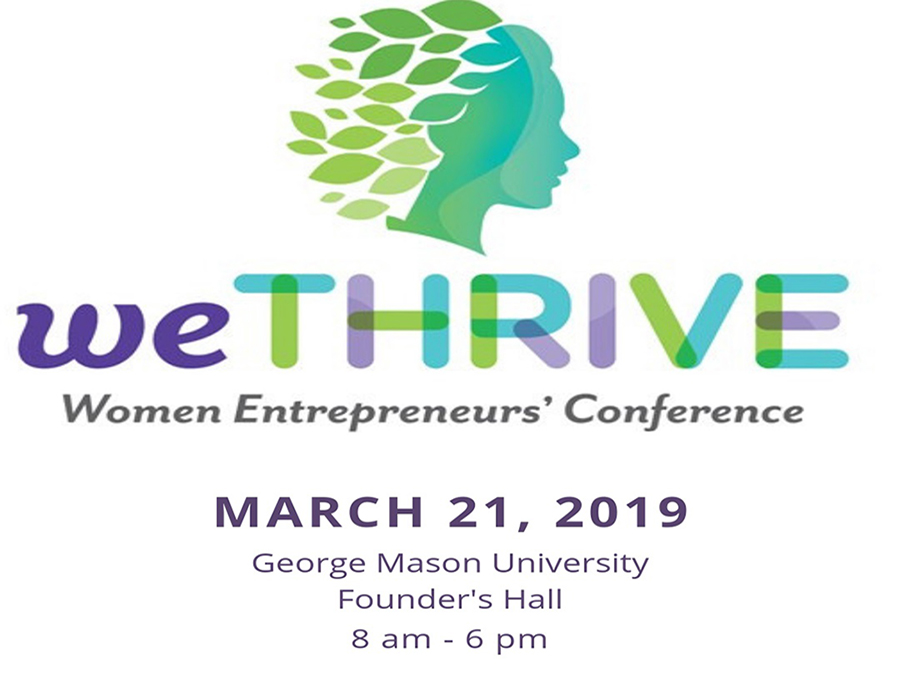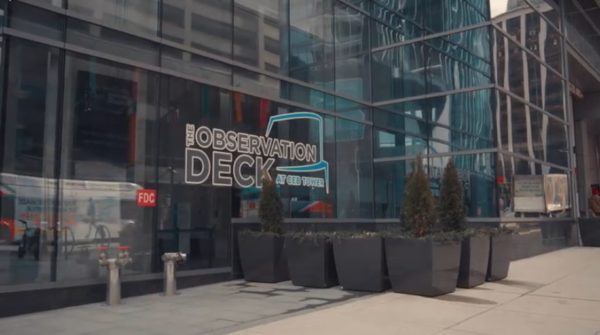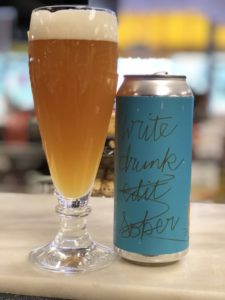This column is sponsored by BizLaunch, a division of Arlington Economic Development.
By Tara Palacios
2019
The age of information sharing is moving at lightning speed. Each day thousands of internet activities take place in under a minute. Social media, emails, advertising and online sales. Your customers are constantly bombarded with information. According to a recent study by @LoriLewis and @OfficiallyChad, 188 million emails are sent every 60 seconds in 2019.
SO, just how does your business stand apart from others? With information 24/7 — how can your business attract new clients with so much activity going on per minute? This Small Business Focus blog has answers, and a concrete action item below.
Tara’s Quick Tips to Getting Noticed
Find Your Voice — Speak at industry events. Post articles on blogs (like ARLnow) or industry papers. Be heard where your customers and influencers congregate. Be Present. Be the subject matter expert, and all things pertinent to your business.
Excellent Customer Service — Be known for going that extra mile for your customers. Anticipate your customer’s needs, and be proactive with business intelligence. Channel your customers and create positive experiences for them 24/7.
Leader in Your Field — Don’t be a follower. Be an innovator. Figure out best practices in your industry and go for the gold. Don’t be afraid of calculated risks. Create dynamic teams and cultivate a culture of creativity and trust.
Identify the Missing Link(s) in Your Industry — Where are the opportunities? What does your industry need (I.e., what is it lacking?) and how can you best address it? Find winning solutions and connect the dots for others. This will always keep you ahead of your competition.
Lather, Rinse, Repeat — As with all good things keep the momentum going. Don’t stop. Build up the pipeline. Positivity is infectious. Each day exhibit your personal brand of getting noticed in a sea of businesses.
If you’d like to learn more getting noticed in a crowded field — join us for a dynamic presentation on April 4 at BizLaunch when Zack Miller presents on “Anomaly: How to Finally Stand Out in a Crowd.”
This workshop provides easy-to-implement methods for business owners and marketing professionals to turn heads, leave an impression and become the anomaly! Award-winning television host and businessman Miller will provide the audience a blueprint of what they can do TODAY to grow their brand and stand out from their competitors.



